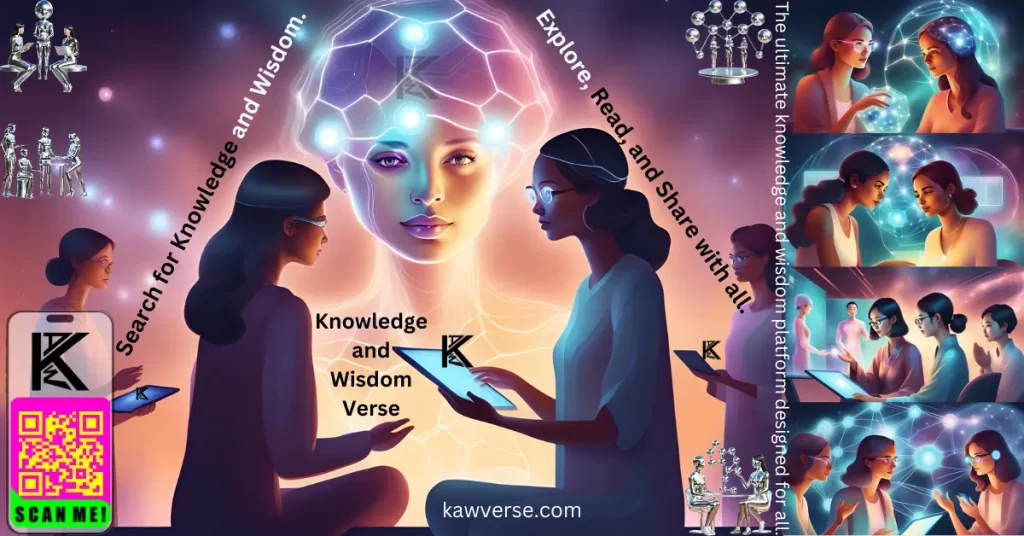The English Alphabet forms the foundation of one of the most widely spoken and influential languages in the world. It is the starting point for literacy, communication, and cultural exchange. This article explores the English Alphabet’s structure, significance, and practical applications, offering valuable insights for readers of all levels—from beginners to language enthusiasts and experts.
Whether you’re a student learning English, an educator teaching it, or a linguist diving into its intricacies, this guide is designed to answer your questions and deepen your understanding of the English Alphabet.
Benefits of Reading This Article
- Gain a clear understanding of the English Alphabet and its history.
- Learn how the alphabet is used in various real-world contexts.
- Discover actionable tips for teaching and learning English effectively.
- Explore advanced insights and trends in alphabet-based linguistic studies.
- Enhance your appreciation of the alphabet’s cultural and practical relevance.
What is the English Alphabet?
The English Alphabet is a standardized set of 26 letters used to write the English language. It consists of uppercase and lowercase forms of each letter:
Uppercase Letters: A, B, C, D, E, F, G, H, I, J, K, L, M, N, O, P, Q, R, S, T, U, V, W, X, Y, Z
Lowercase Letters: a, b, c, d, e, f, g, h, i, j, k, l, m, n, o, p, q, r, s, t, u, v, w, x, y, z
These letters are used individually and in combination to form words, sentences, and texts. Unlike pictographic writing systems, the English Alphabet is phonemic, meaning each letter typically represents one or more sounds.
Who Is This Article For?
This article is for:
- Beginners: Individuals learning English for the first time.
- Students and Educators: Those seeking structured, practical insights for teaching or learning.
- Linguists and Researchers: Experts exploring the alphabet’s linguistic significance and evolution.
- Professionals: Writers, marketers, and communicators aiming to refine their skills.
Applications and Real-World Use Cases
The English Alphabet is vital in numerous fields and everyday contexts. Here are a few examples:
Education
- Early Literacy: Teaching children to read and write.
- Language Learning: Helping non-native speakers acquire English proficiency.
Technology
- Programming: The alphabet underpins coding languages and commands.
- Data Entry: Used in databases, passwords, and search queries.
Communication
- Written Media: Books, newspapers, and online content.
- Verbal Representation: Spelling names or clarifying information during conversations.
Business and Branding
- Logos and Trademarks: Distinctive letter-based designs for companies.
- Global Communication: English as a lingua franca for international trade.
Why the English Alphabet Matters Today
Global Relevance
English is a global language, and its alphabet serves as a unifying script for diverse cultures and industries.
Accessibility
The alphabet’s simplicity and adaptability make it easy to learn, use, and integrate into various digital technologies.
Cultural Significance
Literature, music, and art in English owe their existence to the alphabet, which preserves and propagates human creativity.
Types and Subtopics
Categories of Letters
- Vowels: A, E, I, O, U
- Consonants: The remaining 21 letters.
Variations and Trends
- Phonetics: How letters represent different sounds (e.g., “C” in “cat” vs. “cell”).
- Typography: Artistic representations of letters in fonts and design.
- Emerging Uses: Alphabet applications in AI, voice recognition, and digital assistants.
Key Takeaways
- The English Alphabet is a 26-letter system essential for communication, education, and technology.
- It is phonemic, accessible, and globally recognized.
- Its applications span education, business, and cultural preservation.
- Emerging technologies continue to adapt and expand its usage.
Frequently Asked Questions (FAQs)
1. What is the origin of the English Alphabet?
The English Alphabet evolved from the Latin alphabet, itself derived from Greek and earlier Semitic scripts.
2. How do vowels and consonants differ?
Vowels are sounds produced without any significant constriction in the vocal tract, while consonants involve such constrictions.
3. How can beginners learn the alphabet effectively?
Beginners can start with alphabet songs, flashcards, and writing practice. Interactive apps also provide engaging learning experiences.
4. Is the English Alphabet used in other languages?
Yes, many languages use the Latin alphabet, sometimes with additional diacritical marks or letters.
Next Steps and Future Directions
For Learners
- Practice reading and writing daily.
- Explore online tools and courses tailored to your proficiency level.
For Educators
- Incorporate phonics and interactive techniques into lessons.
- Stay updated on modern teaching aids like apps and games.
For Experts
- Investigate the role of the alphabet in AI and machine learning.
- Contribute to linguistic studies on alphabet evolution and adaptation.
Conclusion
The English Alphabet is more than a series of letters—it is a cornerstone of communication, learning, and innovation. Whether you’re just beginning your journey or seeking to deepen your expertise, understanding its relevance and applications can unlock endless opportunities. Embrace the alphabet as a tool for connection and creativity, and let it guide you toward new horizons in language and culture.


Leave a Reply
You must be logged in to post a comment.